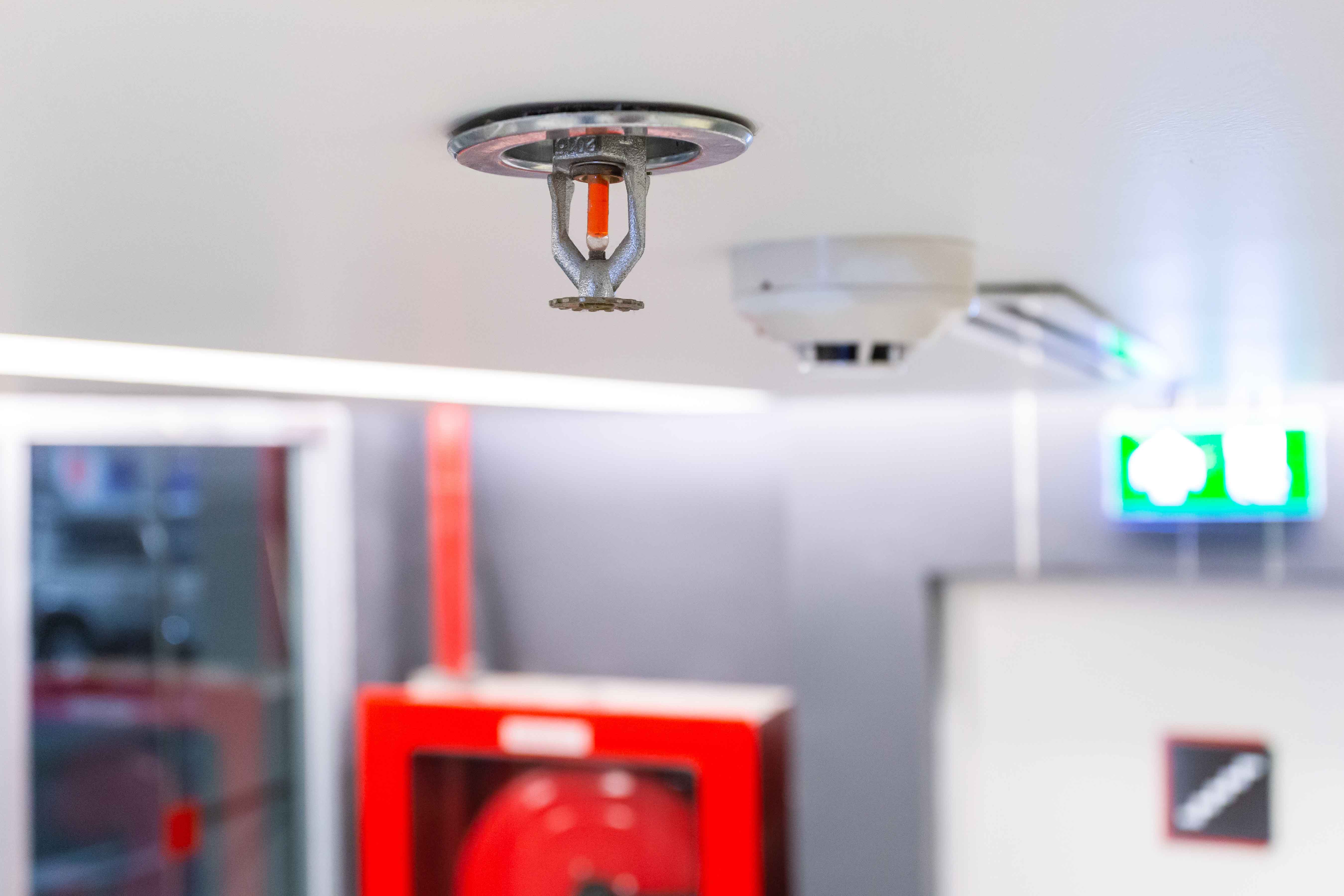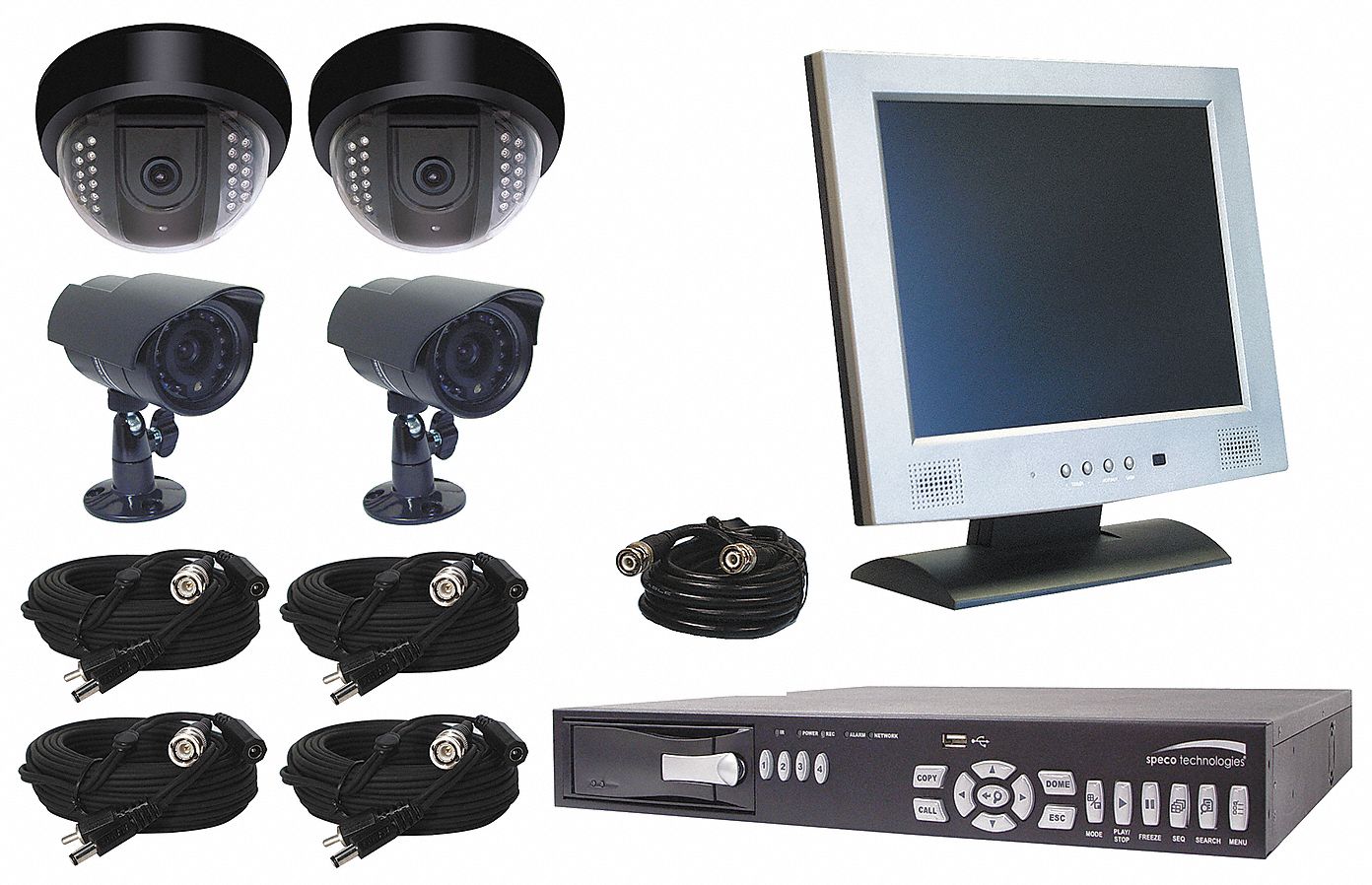

Six Keys to Bringing Your Fire Alarm System into Compliance
By Grainger Editorial Staff 11/13/19


Learn about six key strategies for updating your renovated building’s fire alarm systems.
During renovations, your primary concerns are likely to be structural: knocking out walls and adding fixtures; updating plumbing and bringing the wiring up to code; and patching up leaks in the roof. But what about updating the building’s fire alarm system?
The fire code may have changed quite a bit since your building’s system was first installed, and your plans for the space may change your fire risks. Before you start ripping into the renovation, it’s important to have a plan for bringing the fire alarm system into compliance.
Know The Code
Most municipal fire codes are a close variation on the National Fire Alarm and Signaling Code, or NFPA 72. The code is a living document, with official updates coming on a three-year schedule. So even if your building is of fairly recent construction, its alarm system could be missing several features that are now mandatory.
For example, the 2019 update to NFPA 72 includes new requirements for carbon monoxide detectors, which older buildings are unlikely to have. Remember, the universal NFPA code is just a starting point—your local municipality may have adopted amendments that significantly raise your fire alarm system’s requirements.
Before you start your renovation, consider how codes have changed over the years. If you need to install major components like new control panels and extra signaling devices, it will be easier if they are incorporated into your architectural drawings from the beginning.
Change It Up
The alarm system in your building was designed around the facility’s original function. So if you’re renovating the structure to serve a new purpose, your alarm needs will also change—even if you’re not altering the building’s layout. For example, a building that started life as a largely unoccupied warehouse will not have nearly the level of sophisticated fire detection, monitoring, and suppression necessary for its new life as a server farm.
If you’re changing your building’s function, layout, or expected occupancy level, you’ll need to conduct a new risk assessment. An assessment should identify the potential combustion hazards in the building, as well as ensuring a high level of protection for the building’s new occupants and making sure first responders have all the information they need in the event of a fire.
"If the fire system is not sufficient, there is not much to decide," says Travis Kehl, facilities supervisor at Hendricks Commercial Properties. Kehl manages about 22 different properties, most of which were built 25-30 years ago. "You have to upgrade [the fire system] or don't do the renovation." Fire codes can play a significant role in how you think about renovating an older building, including whether or not you will need to build a new one, instead of renovating an existing structure. According to Kehl, there are times where it makes more sense to build a new building because of the requirements of the fire system. This will be dependent on the fire code requirements based on the square footage of your building.
Let Old Meet New
Your fire alarm system may need a significant update, but that doesn’t mean all the old equipment has to go. Given the frequency of NFPA revisions, it’s not surprising that architects are experienced in adding functionality to existing systems. Depending on your building’s age, components like sprinkler hardware and the backup power supply may be compatible with modern control panels and signaling devices.
Think About Integration
A fire alarm system update can present an opportunity to integrate the system’s sensors and signals with other building control systems. Integrating components in your fire alarm, security, climate control, and mass notification systems can save money and improve functionality.
Some types of system integration may be required by law—for example, your building’s air handlers may need to shut off when a fire is detected in order to help starve the fire of oxygen, and elevators must safely return to the nearest floor and allow occupants to exit when the alarm sounds. Other integrations simply make efficient secondary uses of the system’s capabilities: modern horn-strobe devices can be programmed to double as burglar alarms, and the emergency voice communication system can be used to make automated public safety announcements.
Commit to Continuous Improvement
Finally, remember that the update is not a one-time project. Revisions to the NFPA 72 code is an ongoing process. While existing buildings are generally only required to make the subset of updates included in the NFPA 101 Life Safety Code, advances in technology and fire science are constantly creating room for improvement in your fire alarm system.
Reassess your building’s fire risks on a regular basis. Fire drills are not just a tool for teaching staff members to find the exits—they are also an opportunity to improve your emergency protocols. Any changes to the building’s inventory or staffing levels will change its fire risks, and you should have a procedure for following up on close calls and false alarms.
Renovations provide an opportunity to make the most of your fire alarm system. An updated system will not only bring your building into compliance with the law, but it can also provide new functionality for all your control systems, while keeping your structure safe.
The information contained in this article is intended for general information purposes only and is based on information available as of the initial date of publication. No representation is made that the information or references are complete or remain current. This article is not a substitute for review of current applicable government regulations, industry standards, or other standards specific to your business and/or activities and should not be construed as legal advice or opinion. Readers with specific questions should refer to the applicable standards or consult with an attorney.











